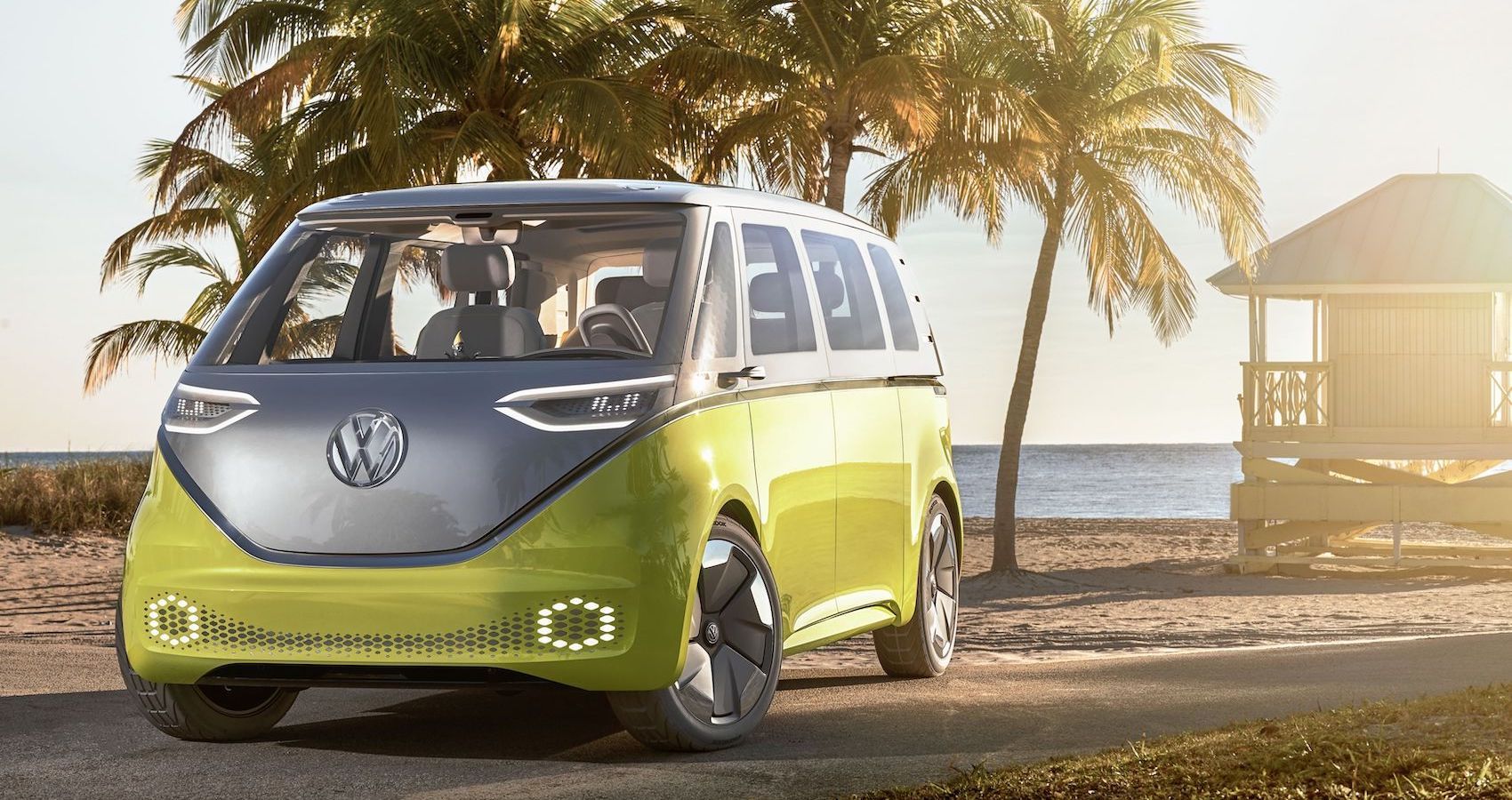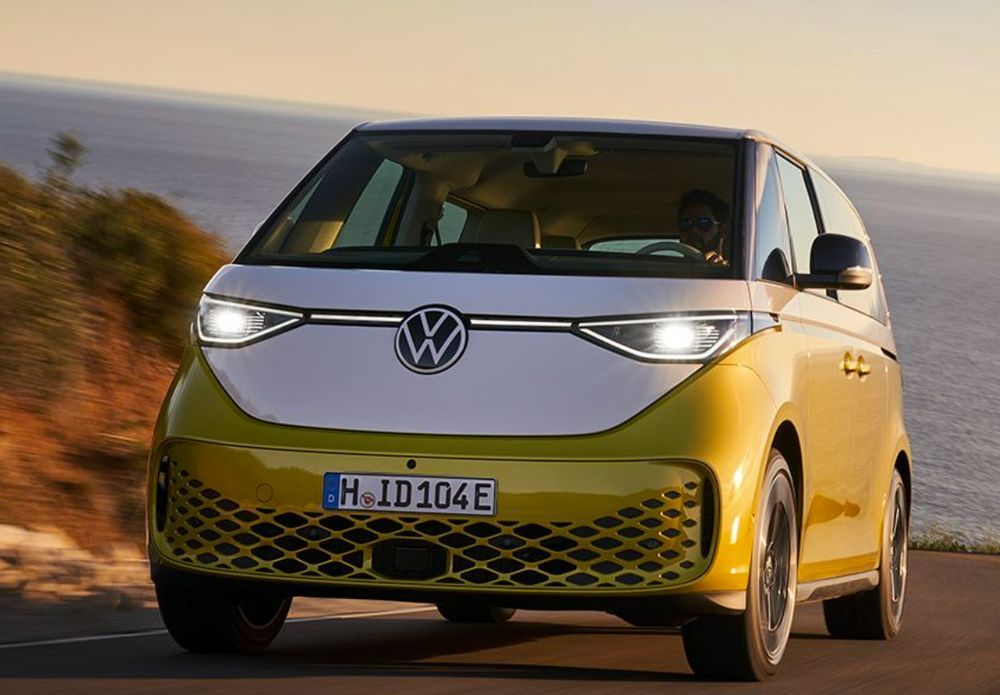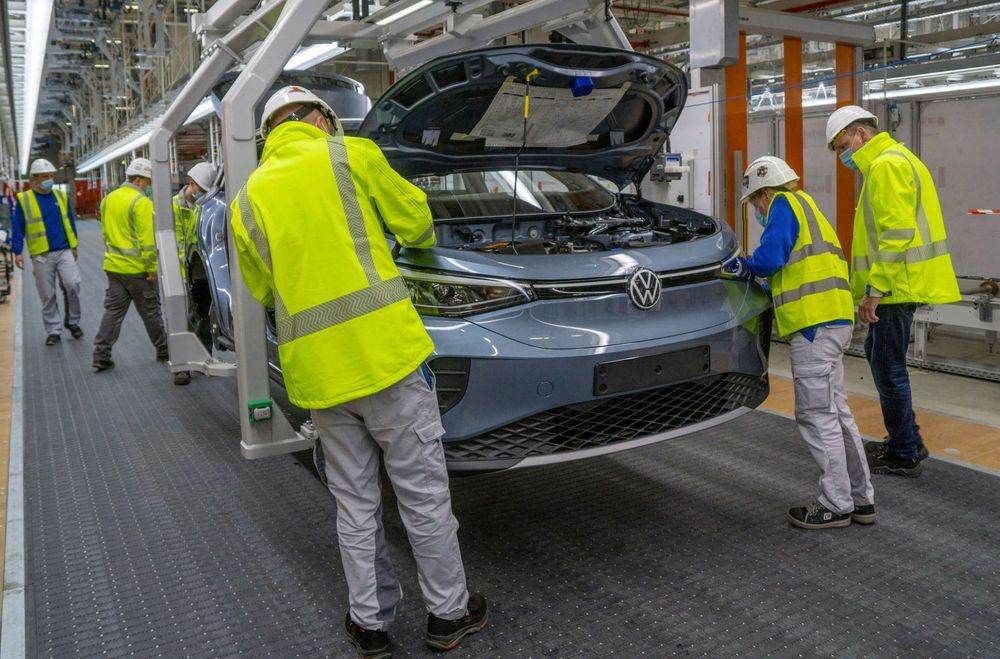Volkswagen has been experimenting with electric vehicles (EVs) since the 1970s when they debuted the Elektro-Bus. During the past five decades, the company has continued to innovate and experiment with EVs, introducing several new hybrid and electric models to their lineup.
However, while competition in the EV market might not have been very cutthroat back in the '70s, it has definitely grown into a much bigger beast in more recent times. With the introduction of new competition in the form of other well-known manufacturers' expansion into the arena as well as new makers dedicated entirely to creating EVs and hybrids, Volkswagen will have to do more to stand out in the crowd.
Although they are definitely continuing to compete, it seems that some rumors have it that the company might have reason to worry that they’ll fall too far behind competitors such as Tesla. It seems that this potential issue has only pushed Volkswagen to speed up their shift towards EVs even more in an attempt to stay ahead of the threat.
Let’s take a closer look at if Volkswagen is staying competitive in the world of electric!
Volkswagen’s EV History And Line-Up
When fuel shortages hit the world in the 1970s, Volkswagen was one of the major makers that found a way to pivot to continue manufacturing while finding an innovative approach to the situation with their 1972 Elektro-Bus. With an 11-person team, the company developed a battery system to power the very first all-electric concept created by Volkswagen. Although the bus was limited to a range of just 25 miles and a top speed of just 43 MPH, it was the first step by the company in the EV direction.
From there, Volkswagen continued to innovate and create. Each new creation expanded the range as well as the battery efficiency. One of the next models introduced (in 1976) was the Electric Golf. This model was recreated several times and has lasted into recent years. In fact, the first pure electric drive car offered in mass volume by the company was the E-Golf, offered starting in 2013.
In 1988, the company introduced an EV concept of the Jetta, the original of which was a car that has been heavily produced by the company and eventually became the top-selling model of the company. Although taking the most beloved product of their company and offering it in EV form is a move many competitor companies have recently made successfully, unfortunately for Volkswagen, their technology was not suitable for mass production.
In more recent years, Volkswagen’s EVs have been seen more frequently and updated more consistently for production and racing. The maker began its line of “ID” (intelligent design) models including the Volkswagen ID.R, which made history at the annual Pikes Peak International Hill Climb in 2018 by beating both the prior electric and the overall record.
There are many other vehicles in the ID lineup as well; it includes everything from a dune buggy to an SUV. The cars in the ID lineup are all battery electric and built on the Modular Electric Drive Toolkit (MEB) platform that was developed by the Volkswagen Group for use in its production EVs as well as in subsidiaries of the company.
How Do They Compare To The Competition?
Although the first of the ID line was introduced to the EV race back in 2017 and despite that fact that Volkswagen had been working with EV technology since the 70s, it was not exactly early to the market. Many other competitors had already begun production of EVs on a large scale prior to Volkswagen’s ID line. For instance, Tesla began production of the Roadster in 2008 and the Model S in 2012.
Additionally, seeing some threats from overseas and newcomer companies might have Volkswagen concerned. Newcomers to the market (such as Rivian and Fisker) are growing each year and gaining huge recognition and overseas makers have already proven their presence in the market in other countries in a way that may make it difficult for Volkswagen to carve out a niche for themselves in those areas.
Volkswagen’s oldest and largest plant, Wolfsburg, cannot yet compete with competitor plants like Tesla, who have worked to create the most advanced automotive plant in the world in Fremont, California. The Tesla facility has 5.3 million square feet of manufacturing and has plans to double the size of the facility in coming years to over 10 million square feet. Recently, however, Volkswagen has begun looking into alternatives for faster EV production. They have expanded with a second site for EV manufacturing, located in Emden, Germany and have equipped other plants in Chattanooga and Hanover to produce EVs as well.
Furthermore, in March of 2022, Volkswagen announced plans to build a $2.2 billion EV only plant in Wolfsburg near their original headquarters that will be ultramodern and capable of producing around 250,000 EVs per year. Construction on the project will begin in 2023 and the plant will oversee the new flagship EV for the company, the Trinity sedan, which is set to launch in 2026.
The vehicles in the ID lineup are unique, technology-forward, and futuristic looking, however, they are pricey (for instance, the ID.4’s base trim starts at over $40,000, making it one of the higher starting E-SUV prices). Although Volkswagen is currently on the waiver wire, with the new factory plans and continuous updates in innovation (including introducing the new Trinity EV) to their EVs, Volkswagen is making steps in the right direction to stay relevant and to increase their chances in the highly competitive world of electric.



